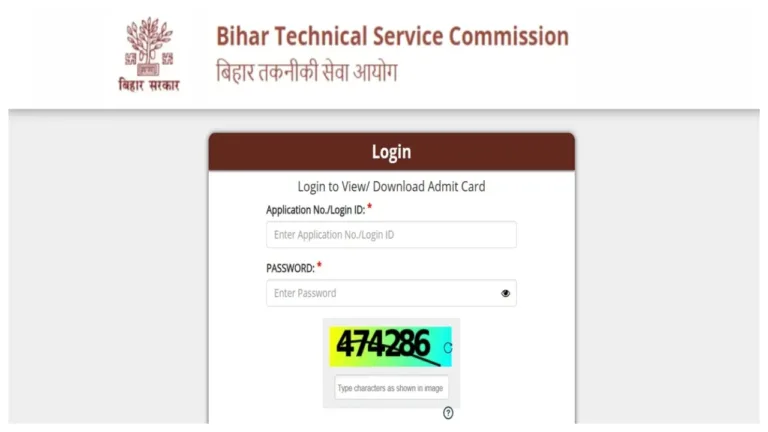People who want a little, one-handed gadget that does not strain their fingers or pockets have been devoted to small phones for years. But tiny phones are no longer relevant in 2025. The trade-offs are just too great, not because people do not want them. Small phones are losing to modern technology in every way, from network efficiency and app optimization to battery life and thermal control.
Battery Life: The Most Important Compromise
These days, battery life is the main cause of small phones’ problems. Physical dimensions are crucial for smartphone batteries, and a smaller chassis naturally leaves less space for a high-capacity cell. Compact phones are still unable to match the durability of their larger counterparts, despite improvements in battery chemistry and efficiency advances from 3nm chipsets.
For instance, consider the iPhone 13 Mini. Apple was unable to match its larger brothers’ battery life despite their close hardware-software cooperation. Users simply want their phones to last all day, and small phones simply cannot provide the same degree of reliability with 5G connection, power-hungry apps, and high-refresh-rate displays.
Performance bottlenecks and thermal constraints
Performance is also impacted by size. Even if flagship processors in 2025 are faster than before, they still produce heat. Larger devices can operate at their best for longer periods of time because they have larger surface area and superior internal heat-dissipation design. Thermal restrictions, however, are a problem for small phones. In small enclosures, processors throttle rapidly, causing performance hiccups when gaming, producing videos, or even multitasking.
Although they take up space, cooling solutions like graphite heat spreaders and vapor chambers are already commonplace in high-end smartphones. Small phones are prone to overheating under heavy loads since they either do not have these systems or use less powerful equivalents. Because of this, even though a small phone may theoretically have the same processing as a larger one, performance is frequently affected in practice.
The Connectivity and 5G Challenge
Additionally, the transition to 5G has rendered tiny phones less useful. Multiple antennas are built into modern smartphones to improve signal reception, speed, and latency. Stable connectivity in crowded regions is ensured by larger phones’ ability to more effectively accommodate these antennae. On the other side, small phones sometimes compromise on antenna location, which results in slower speeds, less reception, and more battery drain as the device strains to stay connected.
Furthermore, it has become challenging to create a successful internal component arrangement in a compact frame for new wireless technologies like Wi-Fi 7 and mmWave 5G. This implies that users who depend on quick and reliable networks may find small phones less tempting, as they may not be able to match the connectivity experience of larger flagships.
The Design of Software and Apps Has Advanced
Today’s mobile experiences are made with larger screens in mind, and apps have developed in tandem with hardware. UI elements are positioned to take up a specific amount of display real estate in social media apps, productivity tools, and even streaming services. Limited design, smaller touch targets, and decreased usefulness are common features of compact phones.
By 2025, developers will have prioritized mainstream devices, which implies designing for screens that are 6 inches and greater. Even though some apps have scaling options, using a small phone feels less advanced overall, with split-screen multitasking becoming unfeasible, text being chopped off, and UI elements feeling too small. The outcome? In a world where larger screens are the norm, small phones seem like an afterthought.
Trends in Consumer Behavior Have Changed
Another straightforward fact is that the majority of consumers no longer desire little phones. Although there is a market for small gadgets, it is specialized rather than a general one. Mass appeal is a top priority for manufacturers, and sales figures continually show that consumers like larger screens. The popularity of foldable phones further complicates the situation for small devices because consumers can purchase a foldable phone that can expand into a larger screen when necessary if they prefer a smaller form factor.
Apple has also changed, despite having previously promoted compact phones with the iPhone SE and Mini series. With the Zenfone 10 being the final truly compact phone in its lineup, Asus, another company known for producing mini flagships, is also discontinuing small phones. The last of its sort was the iPhone 13 small. Even the next model in the SE series, the iPhone SE 4, is anticipated to go on sale today and will have a larger 6.1-inch screen than the SE 3’s 4.7-inch screen. In favor of devices that provide superior performance, battery life, and user experience, other firms have likewise given up on the small flagship area.
Small phones are not going away; they are evolving.
Although they had their place, little phones are changing rather than going extinct in 2025. Larger smartphones are still preferred for battery life, performance, connectivity, and app optimization, but manufacturers are responding to consumer demand for smaller models.
What was previously a huge handset at 6 inches is now regarded as compact, changing the definition of a small phone. The normal phone size has increased from the 5-inch to the 6-inch range as more manufacturers begin to release smaller phones alongside their larger substitutes. Six-inch phones were seen huge a few years ago, but they are now the new little phones.










